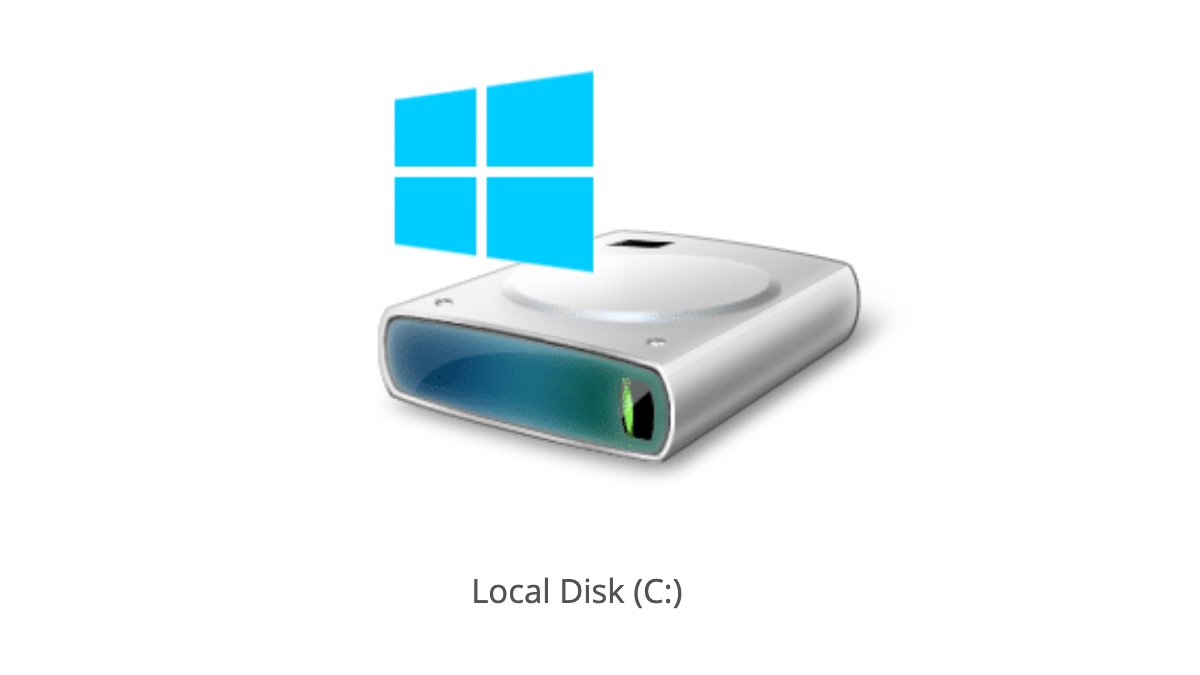
The various logical drives in Windows are assigned a drive letter. Generally, the drive letter for the first logical drive is C followed by D, E, F. Well, A and B are also alphabets. These drive letters are kept in reserve for some special purpose, which is floppy drives.
If that answer doesn’t satisfy you, let’s dive deep and know what all this is about —
In the case of Windows and many other operating systems, a physical hard drive–used to install OS files and store data–is divided into partitions. In Windows, these partitions can be formatted using file systems like NTFS, FAT32, etc. These partitions are then known as logical drives and they are assigned a drive letter.
As far as my tech knowledge is concerned, it started to sprout in the mid-2000s. My first computer came with Windows and, obviously, or as some sort of a tradition, the first drive letter was C. In the beginning, I was told not to put any stuff in the C drive. Later, when a repair guy fixed my desktop, he installed Windows to the D drive. It seemed a bit unusual and it was a dilemma for me, whether I should keep my data on the C drive or not.
Even though I was a little bit uncomfortable with the changed drive letter, I actually never thought why the first drive letter was C, why not an A or a B, or a Z. It was years later, in fact, recently, when I asked the question to Google–Why is C the first Windows drive?
Also Read: How to Hide Any Drive in Windows Using Command Prompt?
It was not the case that the people who assigned the drive letters didn’t know that A and B also existed as an alphabet. It was done to prefer an old technology with is nowhere to be seen now, the floppy disk.
The drive letters are assigned according to a preference scheme for different kinds of media attached to the computer. These letter date back to the time when IBM ruled the PC market. Then, PCs didn’t have a hard drive, sounds strange? But you might be aware of the fact that the floppy drives were used as primary storage in earlier computers. So, they were given a special preference while assigning the drive letters.
IBM’s VM family member CP/CMS took the help of drive letters to identify minidisks attached to a user session. The file reference (pathname) comprised of the drive letter, file name, and file letter. For example, A:MYFILE.TXT. The drive letter system was later visible in other operating systems including Microsoft’s MS-DOS and later in Windows.
Why is the first drive C?
Earlier, computers had two floppy drives for running programs and storing data. The hardware had support for two floppies. Thus, the preference for them was built into the OS itself. The hard drives came at a later stage and were assigned the letter C. Initially, the physical drives were assigned letters. As they got bigger in size, the logical volumes came up which are now assigned the drive letter. Starting from C, it makes room for floppy drives to be added at a later stage.
It’s irrelevant today
This thing doesn’t have a practical application anymore. But if you connect a floppy drive, it’ll be assigned the letter A and B for the next one. If you don’t have a floppy drive connected to your machine, you use the reserved letters A and B.
The post Why Do Windows Drive Letters Start With ‘C’? Why Not A Or B? appeared first on Fossbytes.
from Fossbytes https://ift.tt/38w26lt
via IFTTT



0 comments:
Post a Comment